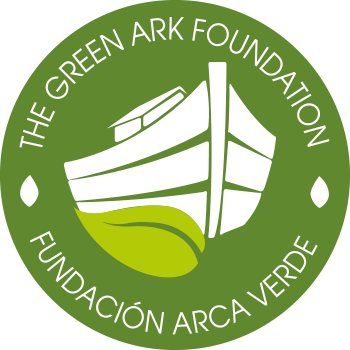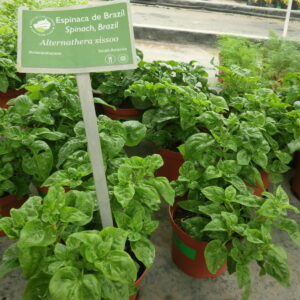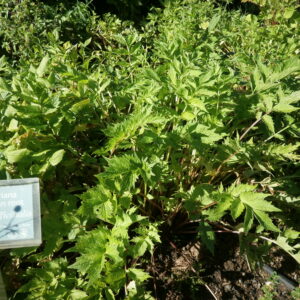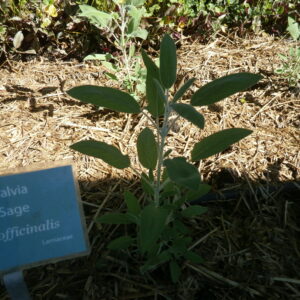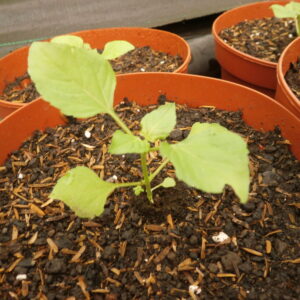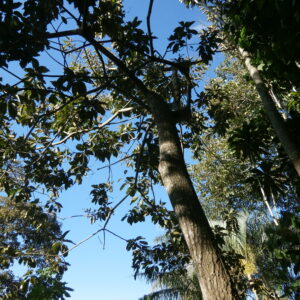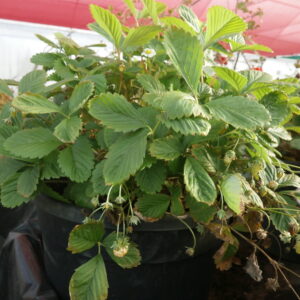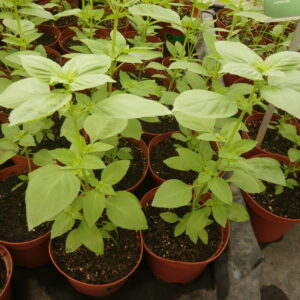
Lemon thyme
₡2,550.00
Scientific name: Thymus citriodorus
Family:
Origin:
Medicinal use:
18 in stock
Related products
-
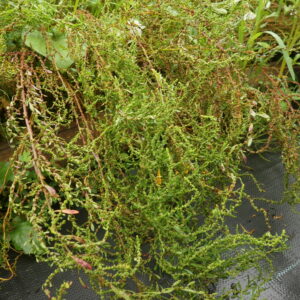
Apazote
Culinary Garden ₡1,900.00 Add to cart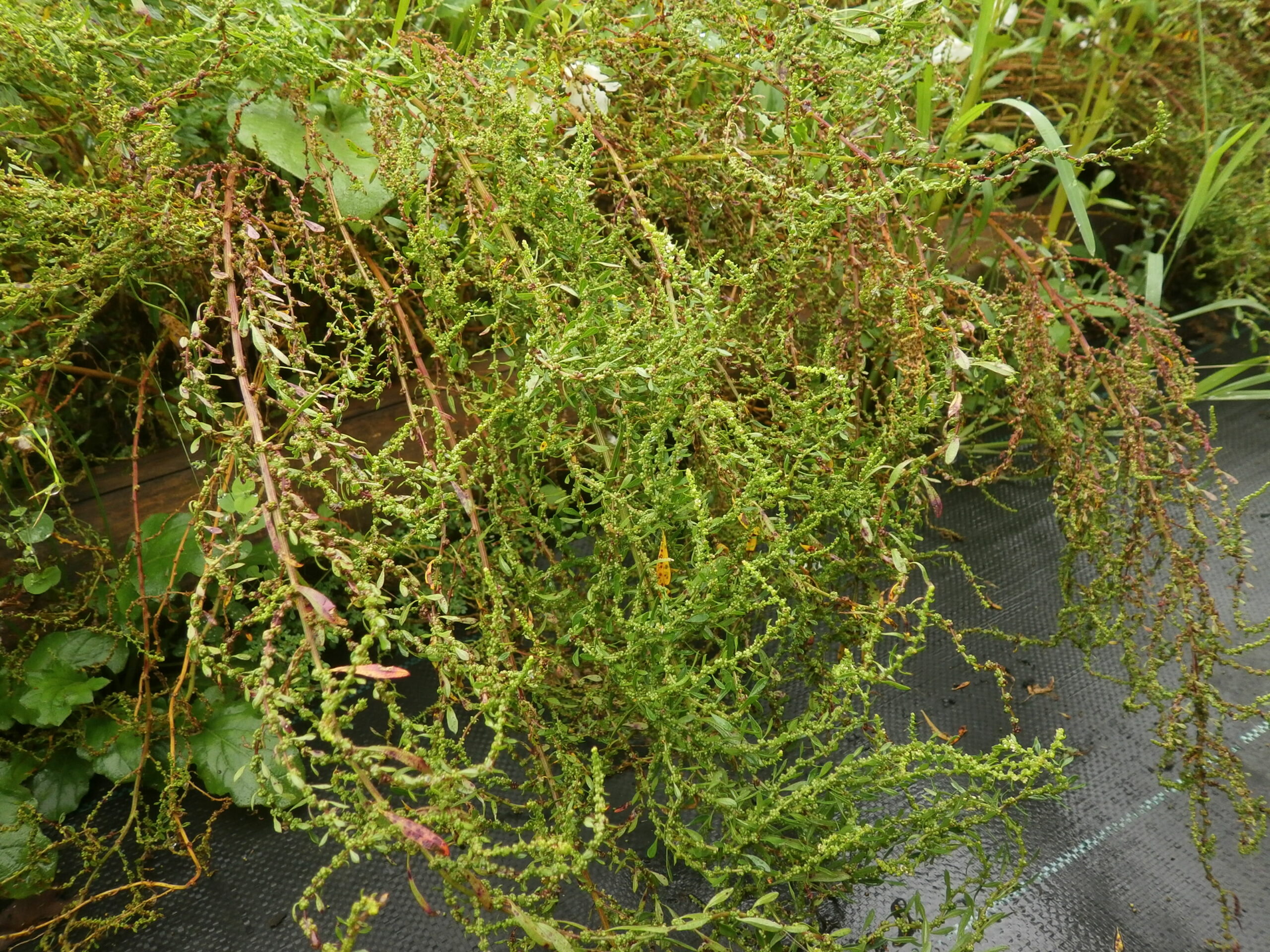
Apazote
₡1,900.00
SKU: 0160 Category: Culinary GardenScientific name: Dysphania ambrosioides
Family: Amaranthaceae
Origin: S Mexico
Medicinal use:In Mexican gastronomy it is used in many dishes, such as corn and esquites, black beans, in some seafood soups such as chilpachole de jaiba, within a wide variety of broths, It is commonly believed that it prevents flatulence caused by consumption of beans. To be used in food, its flowers are removed and it is used as a condiment, adding a deep flavor, with bitter nuances and very aromatic, which is why it is used in moderation.
17 in stock
-
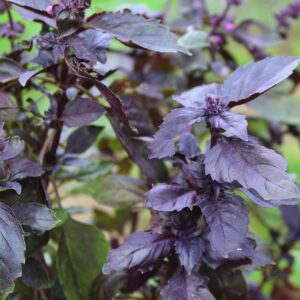
Basil, Purple (albahaca morada)
Culinary Garden ₡1,900.00 Add to cart
Basil, Purple (albahaca morada)
₡1,900.00
SKU: 0105 Category: Culinary GardenScientific name: Ocimum basilicum
Family: Lamiaceae
Origin: India and SE Asia
Medicinal use:In addition to its organoleptic properties, it is widely used to color many dishes, not only in Italian cuisine or a different pesto sauce, both fresh and dry we can use this aromatic herb in soups, salads, purees, sauces, vinaigrettes , meat, fish and even desserts.
38 in stock
-
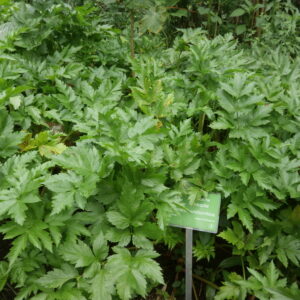
Arracacha
Culinary Garden ₡1,900.00 Add to cart
Arracacha
₡1,900.00
SKU: 0220 Category: Culinary GardenScientific name: Arracacia xanthorrhiza
Family: Apiaceae
Origin: S America
Medicinal use:The uses of arracacha are very similar to those of potatoes. This tuber is used in South American gastronomy to prepare various dishes, soups, stews, meatballs, cakes, gnocchi, purees and garnishes. The arracacha provides a special flavor and color to the dishes. The young stalks can be consumed in salads. Given its nutritional value, the consumption of arracacha is recommended in the diet of children, the elderly and convalescent.
18 in stock
-
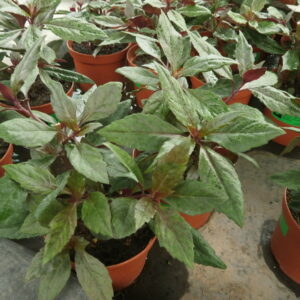
Spinach, Okinawa
Culinary Garden ₡1,900.00 Add to cart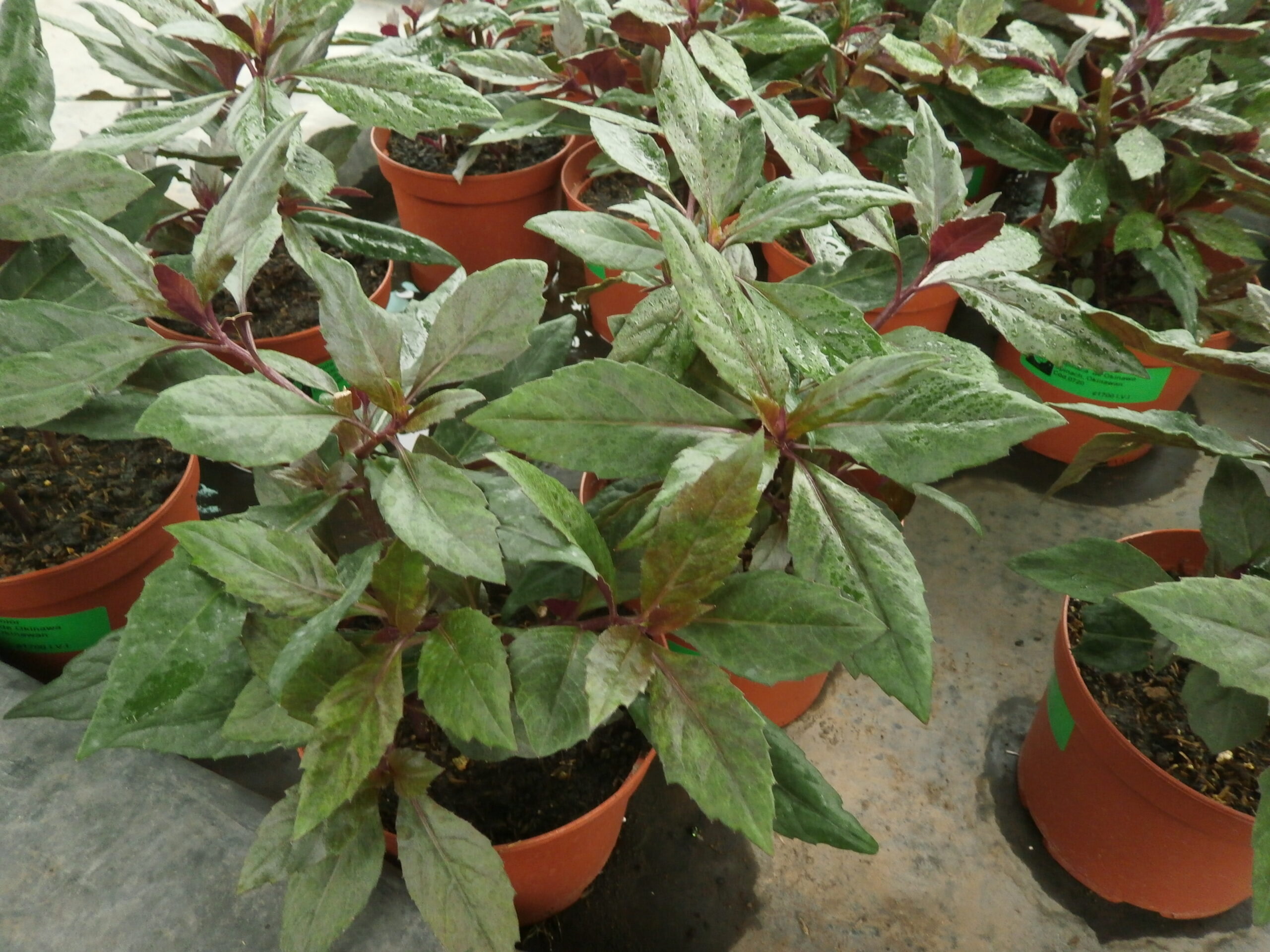
Spinach, Okinawa
₡1,900.00
SKU: 0720 Category: Culinary GardenScientific name: Gynura bicolor
Family: Asteraceae
Origin: S and SE Asia
Medicinal use:In Japan, Gynura bicolor is eaten as local vegetables in Ishikawa, Kumamoto and Okinawa and so on, it is lightly blanched and served with ponzu, as an ingredient in miso or tempura soup, the leaves are sautéed with sesame oil and ginger ( both hot foods). The stems and roots of the plant can also be made into tea by boiling them with water.
34 in stock
